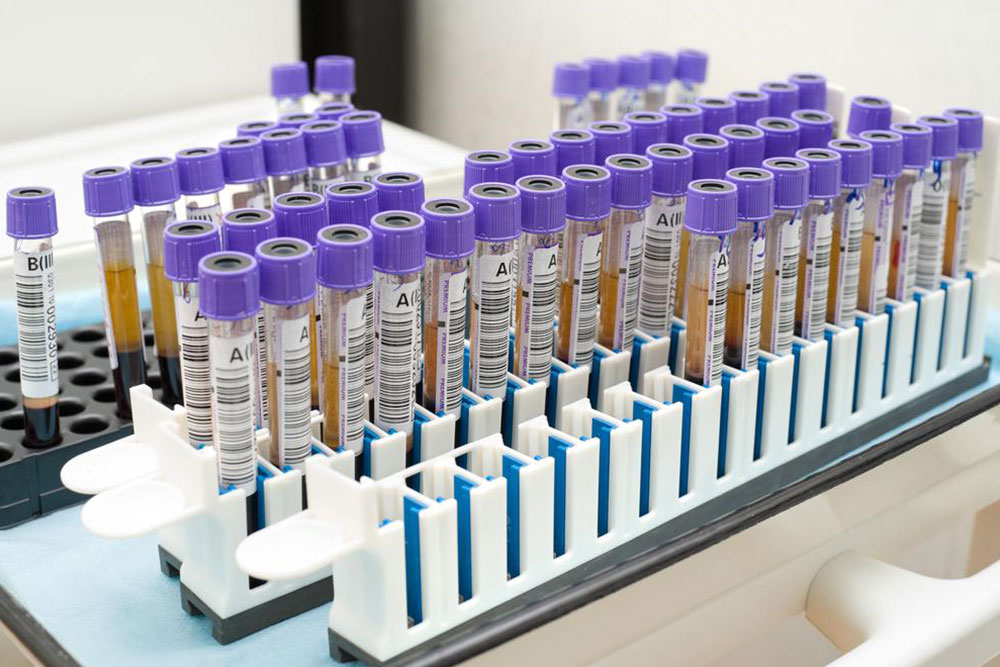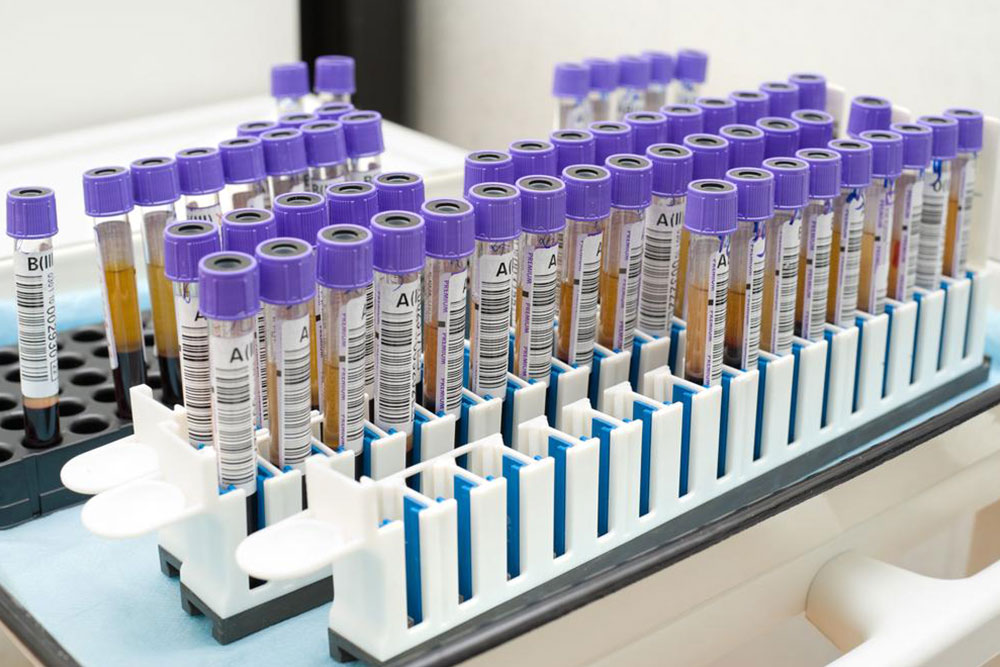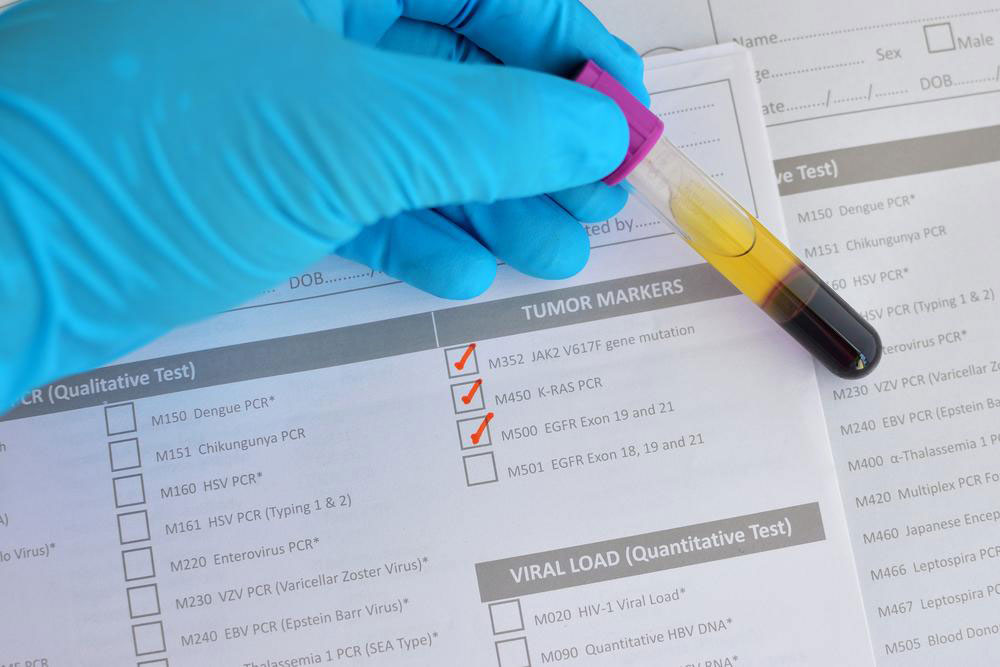The Critical Role of Age-Adjusted PSA Testing in Prostate Health Monitoring
Age-adjusted PSA testing is an essential strategy for early detection of prostate health issues. It helps distinguish normal aging from pathological changes, improving outcomes through timely intervention. Combining PSA results with other diagnostics and considering individual risk factors ensures comprehensive prostate care. Regular screening is especially vital for men over 50, as early detection dramatically enhances treatment success. Advances like MRI imaging and biomarker analysis continue to refine prostate cancer diagnosis, making PSA testing a cornerstone of effective men's health management. Staying informed about age-specific PSA thresholds promotes better awareness and proactive health choices.

The Critical Role of Age-Adjusted PSA Testing in Prostate Health Monitoring
The prostate-specific antigen (PSA) is a vital protein produced by the prostate gland, which contributes to the production of semen, enhancing sperm motility and overall reproductive health. Under normal circumstances, PSA remains confined within the prostate ducts; however, minor amounts can seep into the bloodstream. This leakage provides a valuable indicator used in medical diagnostics to detect various prostate conditions, including benign prostatic hyperplasia (BPH), prostatitis, and most notably, prostate cancer. Since PSA levels can fluctuate due to a variety of factors — such as age, prostate volume, infections, and other health conditions — clinicians rely on age-specific PSA reference ranges to interpret results more accurately.
Prostate cancer remains one of the most common cancers affecting men worldwide, making early detection and diagnosis essential for improving survival rates. Regular screening is a cornerstone of prostate health management, particularly for men over the age of 50, or those with a family history of prostate issues. The combination of PSA testing and digital rectal exams (DRE) provides a comprehensive approach to early detection. While a PSA level above 4 nanograms per milliliter (ng/ml) often triggers further testing, it's important to understand that elevated PSA levels are not exclusive to cancer—they can also indicate benign issues such as inflammation or enlargement.
PSA levels vary naturally with age; hence, age-specific reference ranges are employed to better distinguish between normal and abnormal results. For example, men under 50 typically have lower PSA thresholds, often around 2.5 ng/ml. As men age, the acceptable PSA levels tend to increase: men aged 50-59 are considered to have normal levels up to 3.5 ng/ml; those aged 60 and above are usually advised to be vigilant if PSA values reach or exceed 4.0 ng/ml. This age-adjusted approach enhances the sensitivity and specificity of screening programs, facilitating early intervention and better treatment outcomes. Importantly, even PSA levels within the normal range do not entirely exclude the possibility of prostate cancer, emphasizing the importance of a holistic assessment including other diagnostic tools and risk factors.
Recent research highlights that integrating additional factors such as ethnicity, geographic location, lifestyle, and genetic predispositions may further refine early detection protocols. In particular, studies reveal that African American men tend to have higher baseline PSA levels and a greater risk of developing aggressive prostate cancer, which underscores the need for tailored screening strategies for diverse populations.
Prostate health monitoring through age-adjusted PSA testing plays a vital role in the early identification of prostate conditions. Since prostate cancer often presents no symptoms in its initial stages, regular screening becomes indispensable for early diagnosis and intervention. It allows healthcare providers to implement proactive strategies, including lifestyle modifications, medication, and, when necessary, surgical treatments. Advances in imaging technology, such as multiparametric MRI, along with novel biomarkers, are continuously being integrated into diagnostic workflows to enhance accuracy and reduce unnecessary biopsies. These innovations promise improved patient outcomes by enabling more precise detection and personalized treatment plans.
While PSA testing is a powerful tool, it is not definitive on its own. The interpretation of PSA results should always be contextualized within a comprehensive evaluation considering individual risk factors, clinical findings, and advanced diagnostic techniques. Patients are encouraged to discuss their history and concerns thoroughly with healthcare professionals to develop an appropriate screening schedule tailored to their specific needs. As ongoing research sheds more light on prostate health, the goal remains to enhance early detection methods, minimize overdiagnosis and overtreatment, and ultimately save more lives through timely intervention.
Prostate-specific antigen testing, especially when adjusted for age, is crucial for effective prostate health screening. By employing age-specific PSA thresholds, healthcare providers can better differentiate between normal aging processes and signs of pathology. This approach enables earlier detection of prostate issues, including cancer, significantly improving treatment success rates. Regular screenings combined with emerging diagnostic technologies empower men to take proactive steps in maintaining prostate health and reducing the risk of advanced disease stages. Understanding PSA testing's role and its benefits encourages more men to participate in regular health assessments, ultimately leading to better health outcomes.





